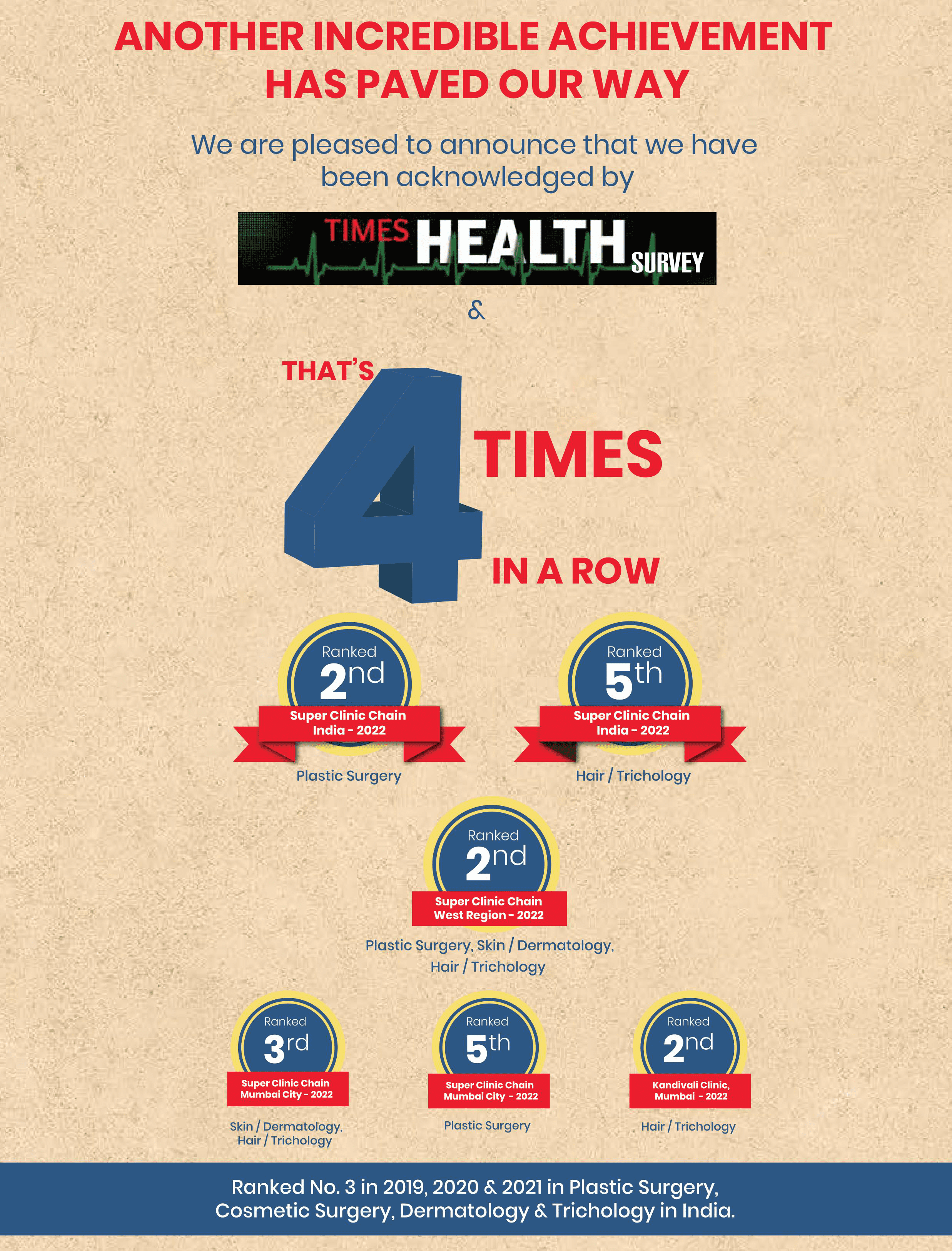Here's how sun damage shows up on different skin types
Whether it shows up as dry patches or an increase in oil production, all versions of sun damage can cause DNA breakage inside. Here's what you need to know
The sun plays a very big role in the health of skin—it can determine how quickly the skin ages, how it bounces back from injury and how it reacts to products. UVA and UVB rays can hit different layers of the skin and break down cells, causing DNA damage that has far-reaching effects. While sun care is an essential part of everybody's routine—whether you're lighter, darker, oilier, dryer or inside all day—the effects of sun damage look different on different people. Here's how.
For example, a burn does not show up immediately on darker skin types, and brown skin does tend to tan fastest among all skin types, says Dr Rinky Kapoor, cosmetic dermatologist and dermato-surgeon, The Esthetic Clinics. “People with dark skin do not notice any colour change in their skin but sunburn can happen after 90 minutes of exposure and can cause the skin to peel. Hyperpigmentation caused because of sunspots is a common problem with dark skin, as the body tends to produce more melanin in the exposed areas. This is usually accompanied with large pore sizes, fine lines, acne scarring and wrinkles and post inflammatory hyperpigmentation because of unprotected sun exposure,” she adds. Those with lighter skin tones are more likely to experience skin damage with minimal sun exposure and can get sunburnt in just 15 minutes and are also at a higher risk of getting skin cancer.
"When the sun's rays hit the skin, regardless of the skin type, there will be free-radical damage. But the reaction on the skin surface will vary across skin types," says Dr Chytra Anand, cosmetic dermatologist and founder of Kosmoderma. “Either way, UV rays damage and kill skin cells leading to sunburn, blisters, dry, dull and uneven skin tone, pigmentation and a major loss of collagen."
Oily skin
Prolonged sun exposure can make the skin tan quickly, but it will not burn that easily. “Sun exposure can cause oily skin intensify oil production, leading to seborrhoea and eventually blemishes,” says Dr Kapoor. Thick coats of sunscreen will only clog the pores and lead to blackheads and whiteheads. “Instead, use a non-comedogenic and lightweight gel or fluid-based sunscreen. Also, look for ingredients such as green tea, tea tree oil or niacinamide when shopping for sunscreen," she confirms.
Dry Skin
The sun can cause already-dry skin to dry up further, and give it a flaky and cracked appearance making it appear wrinkled and tired. “The water content in the skin is depleted and the Natural Moisturising Factor (NMF) can be damaged due to a broken down skin barrier. This will cause the skin to dry out further,” says Dr Anand. “Pick a cream-based sunscreen with ingredients like ceramides, glycerin, hyaluronic acid, honey that moisturise the skin. It should be broad-spectrum protection and contain antioxidants to calm the redness and boost the skin’s anti-ageing potential,” says Dr Kapoor.
Sensitive skin
Sensitive skin tends to break out in rashes when exposed to the sun. Redness, itchiness and other inflammation is common too. “Pick a sunscreen that is water-resistant, broad-spectrum, contains zinc oxide or titanium oxide along with other soothing ingredients like panthenol, and allantoin. Minimum SPF should be 30—50 is ideal—and along with it invest in a wide-brimmed hat to shade your skin,” says Dr Kapoor about the ideal sun care for this skin type.
Even if your skin type is not sensitive, products like retinoids and AHAs, or some medications can sensitise skin to the skin. In the case of major phototoxicity, an allergic reaction can occur one to three days after sun exposure. When the body's immune system recognises it as a threat, it produces antibodies and attacks, which can leave you with lesions, blisters and a rash.
Article Source – https://www.vogue.in/beauty/content/how-sun-damage-affects-dry-oily-and-sensitive-skin-types


Dr. Debraj Shome is Director and Co founder of The Esthetic Clinics. He has been rated amongst the top surgeons in India by multiple agencies. The Esthetic Clinics patients include many international and national celebrities who prefer to opt for facial cosmetic surgery and facial plastic surgery in Mumbai because The Esthetic Clinics has its headquarters there.






